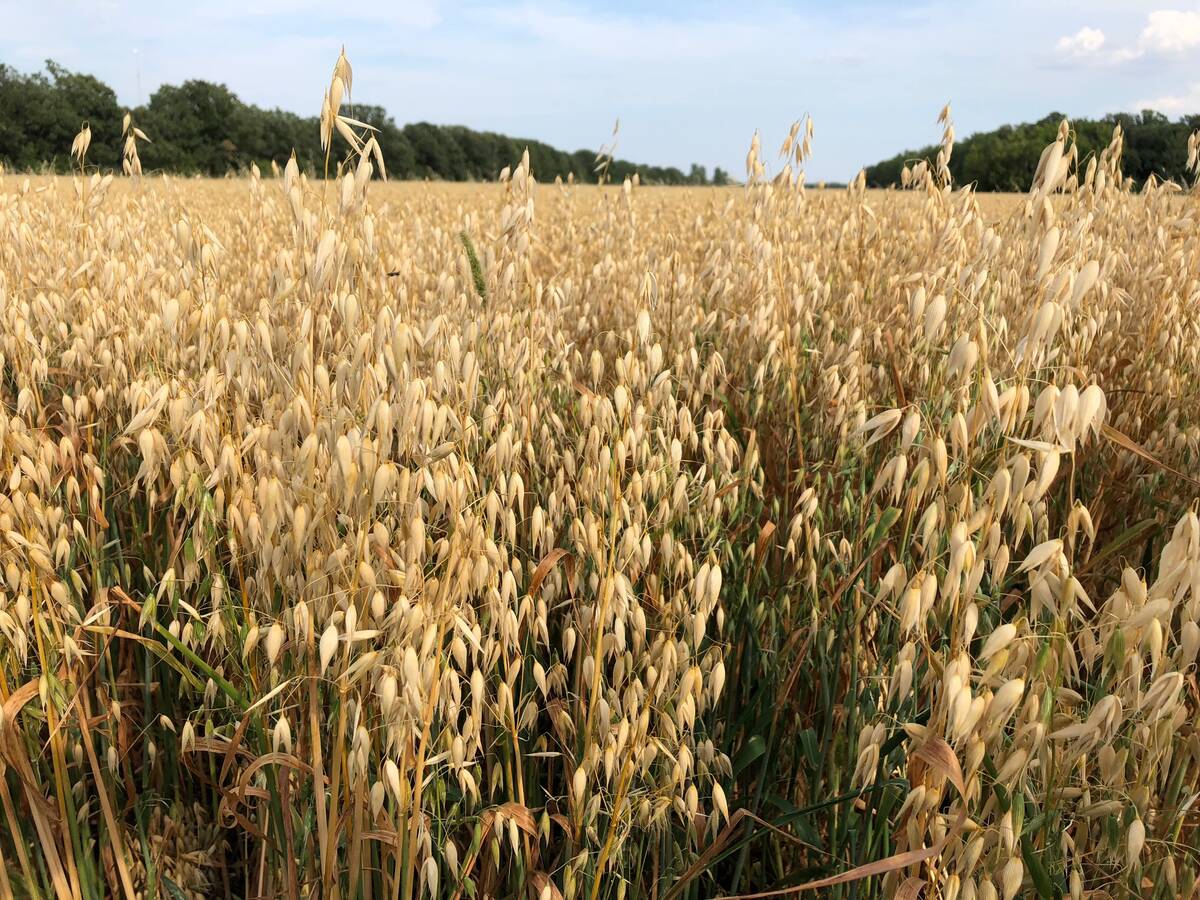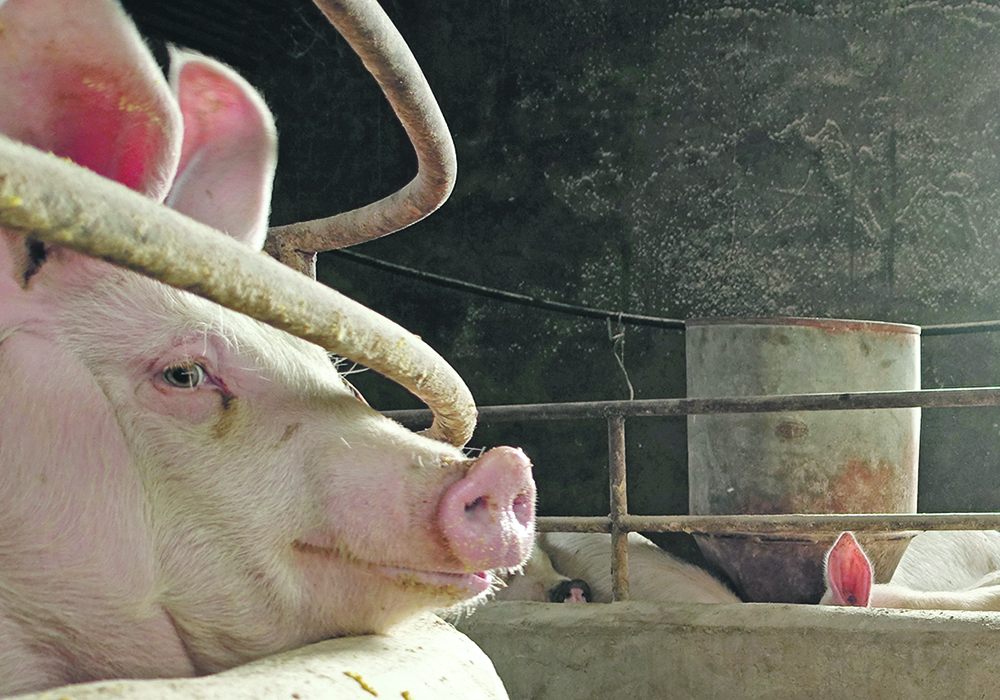U.S. government agencies think China will use 35 to 36 million tonnes, but traders believe it will be only 10 to 24 million
There is a sharp divide in China’s estimated feed wheat use for 2021-22.
The United States Department of Agriculture is forecasting 36 million tonnes, which is in line with the U.S. Foreign Agricultural Service’s 35 million tonne estimate.
But according to traders and analysts interviewed by Reuters, the volume could be far lower than that.
They are forecasting feed wheat use in the range of 10 to 24 million tonnes, down from 40 million tonnes the previous year.
MarketsFarm analyst Bruce Burnett doesn’t know which way to lean.
Read Also

Controversy fails to prevent PGR use in oats
Some Manitoba oat growers are still using chlormequat chloride — the active ingredient in Manipulator —and sometimes to measurable success.
“The truth probably lies somewhere in between,” he said.
But he is confident about one aspect of the Reuters’ numbers.
“The low end of the estimate makes no sense to me at all.”
China made it clear last year that it is trying to reduce the amount of corn and soybeans being fed to animals, which has boosted demand for wheat and other feedgrains.
Additionally, the price of corn in China was higher than wheat for the first half of the 2021-22 crop year, which also spurred demand for wheat in the livestock sector.
So he thinks the final number will be somewhere between the high end of the Reuters’ estimate and the USDA forecast.
Lv Fengyang, an analyst with China-based commodity consultancy Mysteel, told Reuters that China’s big corn harvest last fall has changed the dynamic in the country’s feed market.
“Corn supplies (will) be sufficient in the new year while wheat prices (will) remain high, making wheat lose its advantage to substitute corn,” he said.
New government restrictions prohibiting the sale of wheat from state stockpiles to the feed sector are also expected to slash demand for the commodity.
“The government message was very clear. It won’t allow too much wheat to go into the feed sector now,” an analyst familiar with the policy told Reuters.
The article noted that China stepped up imports of international wheat this year to replace what was going into feed channels.
But now that corn prices in the key feeding hub of Zhengzhou, Henan province, have been below wheat prices since October, the substitution has stopped.
It is the same scenario in other regions of the country.
“We have stopped using domestic wheat,” a feed producer in southern China told Reuters.
“Can’t use it anymore as the price is too high.”
A major livestock producer in northern China said availability is a bigger problem than price these days because the state governments are no longer making their stocks available to the feed market.
Burnett said Canadian farmers should be more focused on how much milling wheat China imports rather than how much feed wheat it is consuming, although the two are somewhat related.
He believes milling wheat imports will be far more influenced by the size and quality of China’s upcoming harvest and both of those factors have yet to be determined.
















